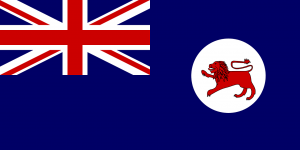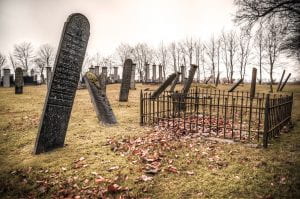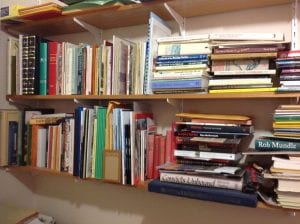
My family have been in Tasmania since the 1830’s when my ancestors arrived as either free settlers or convicts. This means I have used a lot of family history resources from this state of Australia. This post is going to be about the sites I have used the most to help tell the stories of my ancestors in Tasmania.
Libraries Tasmania
This is my number one site. It includes the Tasmanian Archive and Heritage Office (TAHO) resources as well as the Tasmanian Names Index. There is also a guide to all records found on both TAHO and the family history page. You can also use the how to search page for the Tasmanian Archive records. The library has a blog showing the newly digitized items and it has a great list of categories to help filter the records.
There are also some digitized indexes found online that are not part of TAHO records or TNI. Libraries Tasmania also has their own YouTube channel with some videos on particular topics relating to history.
But if researching a person and their family then the Tasmanian Names Index (TNI) is the best place to start. There have been some recent improvements on this site so a librarian has written a blog post explaining ten ways to boost your searching of the TNI.
Convicts in Van Diemens Land
Again first place is the convict records as part of the TNI at Libraries Tasmania, where you search by the convict’s name or the ship they arrived in. Their convict portal page also includes links to other websites within Australia and the rest of the world.
Female convicts in VDL also have another database which has recently been updated. But there is also lots of information about the convict institutions, ships used as well as freedoms etc in the other tabs on the website.
If convicts brought children with them on the ships, many would be put in the orphan schools. Search by child’s name or mother’s name.

Trove newspapers
Once I have found the basics of birth, marriage, death and family I try to begin adding to their stories. This is where Trove newspapers website comes in very handy. Tasmanian newspapers on Trove are available from about 1803 through to mid 1950s at the moment. There are many newspapers specific to certain areas of Tasmania but they might cover only certain years. Make sure you check out their help page as there is more than just newspapers on Trove.
The List
If looking for information on land grants and properties, the go to place is the List and the tab LISTMap. This is run by the Tasmanian Government and allows you to overlap maps to look at where land grants might be at present time. There are many other things on the database so check out all the tabs.
Online newspapers not Trove
The library have also digitized some newspapers for Tasmania that are not available on Trove. Takes more to search these as they are not indexed. TO find them go to main page for Libraries Tasmania, and in search area put Tasmanian newspapers, then when they appear, filter on left to online.
BDMs in Tasmania
First step is the Tasmanian Names Index where these are available free of charge up to about 1900. Family search has more up to about 1912. The Tasmanian Federation Index found at the main library in Hobart has records up to about 1930. To check the index, go to Libraries Tasmania website, then family history portal and on right hand side is “Need help, ask us” where you can ask for help with specific requests for information from the Tasmanian Federation CDROM.
If you want to order a more recent certificate then you do this through the Justice Department website and here are the fees charged.

Cemeteries
My first place to go for cemetery information is Millingtons which covers many of the large cemeteries in the Hobart area. If looking for cemeteries from other places around Tasmania, I then check out the Libraries Tasmania cemetery page to check which records are online. Many Tasmanian councils have records for their local cemeteries.
Readers: What are other important websites you use to gather information when researching Tasmanian ancestors?
Please read the comments as other family historians have added more websites to use.

